RICHARD VAREY has been radicalised. Rejecting the fake floss of current pop recording methods, he discovers a sound recording genius whose work brings music alive.
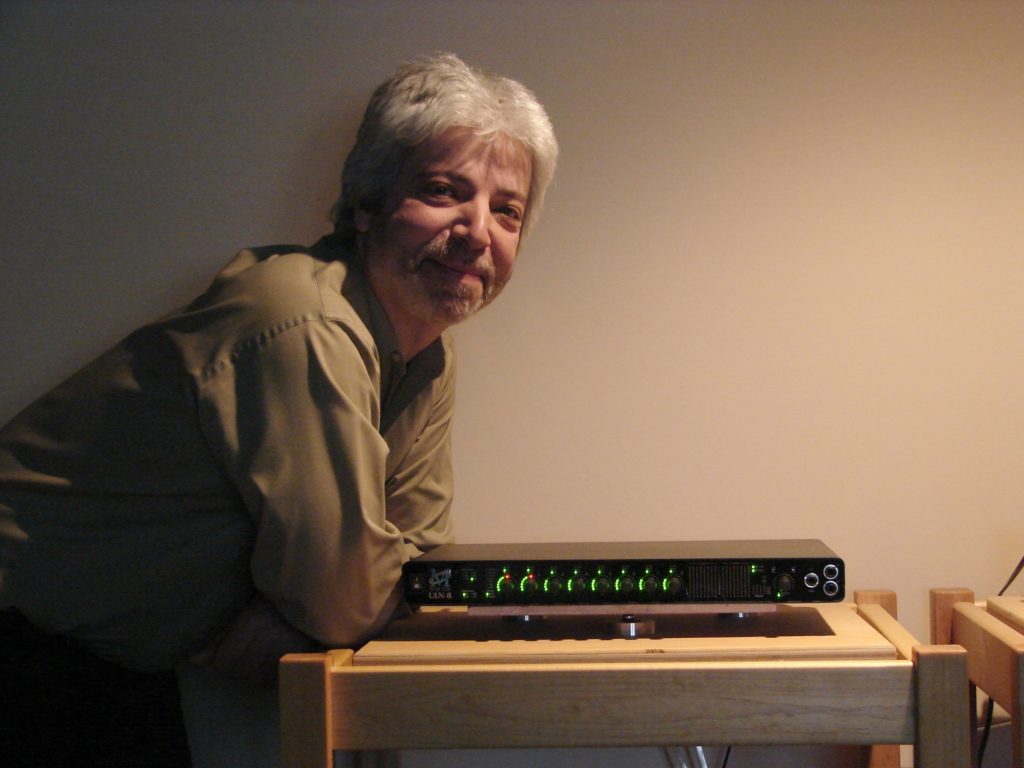
In the Hudson River Valley about 25 miles north of New York’s northern suburbs, Barry Diament makes exceptional music recordings with diligently selected equipment and standout musicians. They sound incredible, because Barry uses radical recording methodologies.
Barry runs the Soundkeeper Recordings label and studio. Until he went freelance as an independent CD mastering engineer back in 1987, he was an in-demand audio engineer at Atlantic Records who had been recording since 1975. In 1983 he became one of the recording industry’s first engineers to master for CD – he was the CD mastering department at Atlantic.

He went on to found Barry Diament Audio, and in 2006 he returned to the fray, founding Soundkeeper Recordings. While most commercial songs are being made to sound like studio recordings, he wants to make records that sound like performances, being more interested in the original recording and audio purity than studio technology. Barry is unwilling to participate in the ‘loudness wars’ and instead wants to preserve the musical ‘life’ in recordings. He realised that typical close microphone placements are unrealistic listening positions.
“All the musicians are recorded playing in real time, with a single microphone per channel”
Significantly, he’s a crucial connector of the likes of Led Zeppelin, Bad Company, Simply Red, Bob Marley, Robert Palmer, Eagles, AC/DC, ELP, Jackson Browne, U2, Frankie Goes To Hollywood, Al Jarreau, Otis Redding, Warren Zevon, Sonny Boy Williamson, ZZ Top, Genesis, INXS, Yes, Graham Nash, Guns N’ Roses, Roberta Flack, Phil Collins, CSN&Y, and the list goes on. There’s presently 159 album entries on Discogs that cite Barry as part of the production team for artists who made seminal and classic albums.
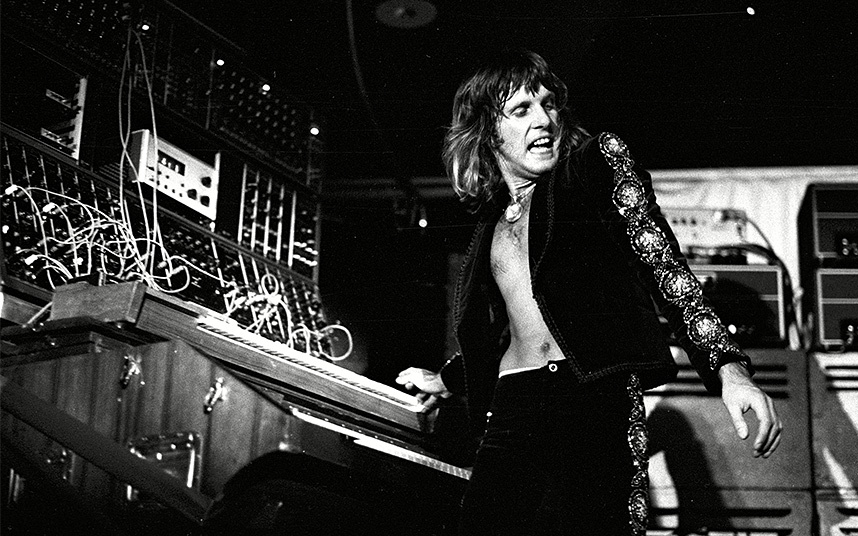
But now, he makes superb music recordings in a very special way. Barry’s recording ethos is spelled out in his business statement: “The goal of every Soundkeeper recording is to bring the listener to the performance, to create the feeling the listener is in the presence of the musicians, in the space where the performance actually took place”.
He records the artists on Soundkeeper Recordings’ roster direct to stereo on location in beautiful acoustic spaces using only a pair of microphones arrayed either side of a custom baffle. All the musicians are recorded playing in real time, with a single microphone per channel. Balances are made by moving players and their instruments relative to the microphones.
“There are no studio technology fixes to fall back on later”
This produces recordings that sound like the microphone feed when replayed, capturing the performance as an audience member would hear it. Barry describes his method as “recording without a net”; the musicians, with direction from him as producer, determine every aspect of the “mix” as they play. There are no studio technology fixes to fall back on later. Barry relies on state-of-the-art equipment to accurately render the recordings and preserve the sonic cues that help “bring the listener to the musical event, with the feeling of being in the space in which it occurred”, he explains.
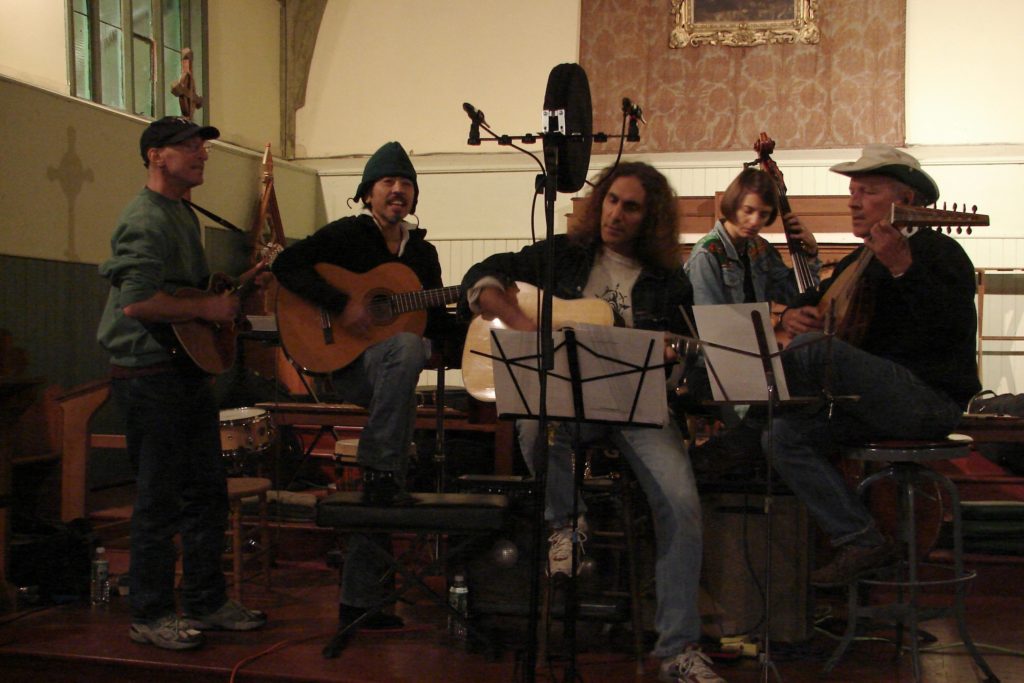
His studio is thus not for making recordings, it’s essentially a post-recording, post-processing and mastering suite. He prefers to do the crucial work where a musical performance would be heard because that’s where the music sounds best – preferably without an audience, he told me.
Barry believes that monitoring is the single most important factor in a studio. Monitoring accuracy was thus the prime objective in designing his studio, and placement of the monitor speakers within the space was chosen before any other design consideration. Once the speakers were placed for minimal room interaction and best stereo imaging, placement of everything else in the studio was determined.
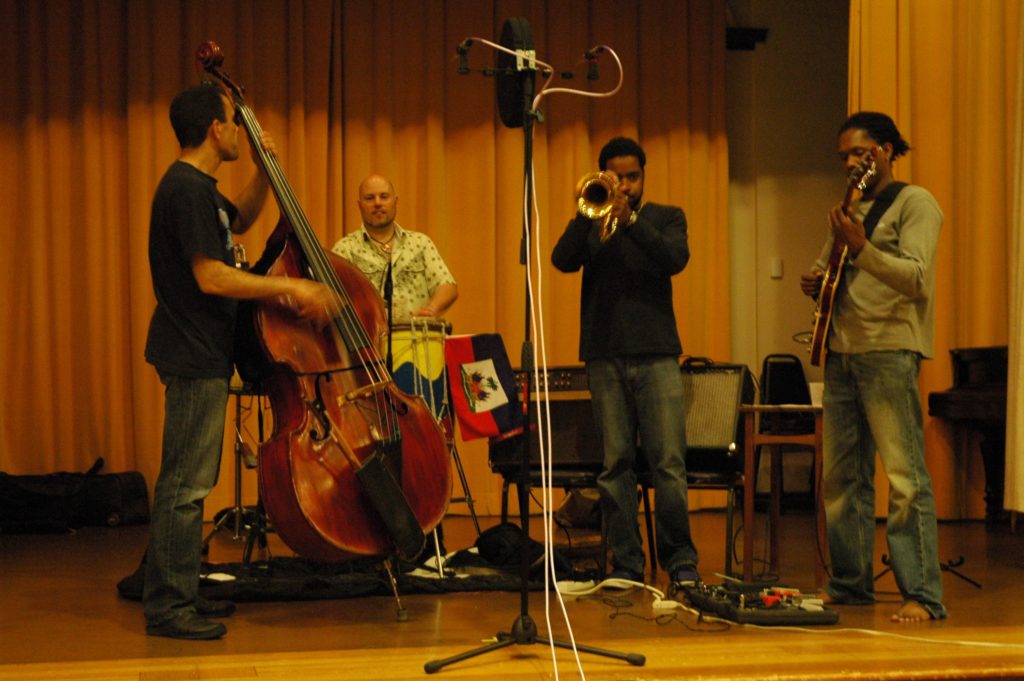
Acoustics are managed using custom-built cylindrical acoustic pressure zone traps which control the room’s acoustic character, governing reverberation time, bass modes, reflection points and diffusion. All electronics are fed by dedicated AC power lines, which are further filtered before feeding the individual components. Monitoring is provided by Magnepan’s Magneplanar MG 3.7i loudspeakers. All wiring is by Nordost. Indeed, he’s a long-time Nordost Industry advocate. All electronic components are supported by Barry’s own vibration isolation shelves and rollerball supports (which I’m experimenting with, and will write about soon).
RECORDINGS
Having amassed a very large music collection over the past five decades, including most of the albums engineered by Barry (I’ve only realised this recently), and being disappointed and frustrated when great music is spoiled by over-compression and over-reliance on post-recording studio technology, I’m excited by the prospect of natural, un-contrived recordings that will play on my carefully curated music system.
Also, I find the name Soundkeeper so evocative, and so apt, for exceptional sound recordings. It’s immediately associated in my mind with another evocative name: the traditional dreamcatcher is a willow hoop with woven string or sinew meant to replicate a spider’s web, and used as a protective charm for infants. The protection of recorded art that draws you in and holds your spirit – that’s what I’ve found listening to Barry Diament’s series of recordings.
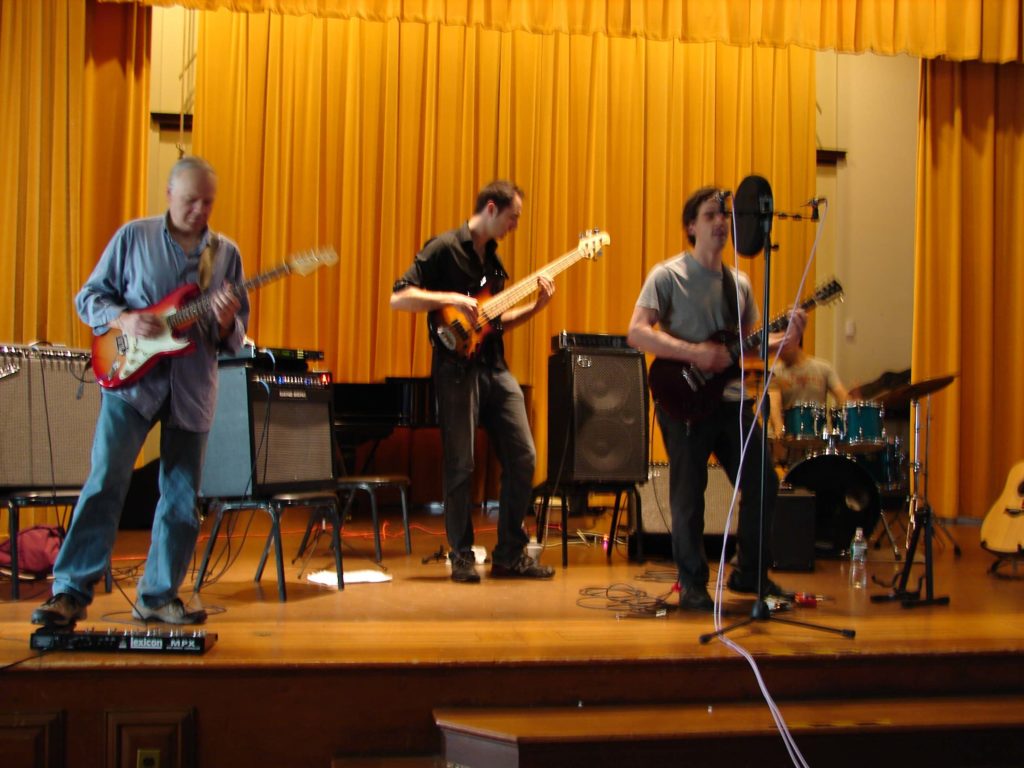
I’d seen glowing reviews of earlier Soundkeeper discs online, so I’d visited the company website a few times but had not heard any of the albums myself. But when I was notified that a new album was about to be issued, my attention was piqued. I recently acquired a digital network player that will play high-resolution files, so finally I had the means to hear these special recordings as intended. I requested a review copy of Markus Schwartz & Lakou Brooklyn’s second Soundkeeper album Kay Sa, and generously, Barry offered the full back catalogue too. So, this is a catalogue review from a hi-fi perspective.
“Every recording feels as if it is lit from within with a natural illumination”
When I returned to the website, there’s one glowing review in particular that really whetted my appetite to hear it all for myself: “Soundkeeper is that special record label where every performance is captured with a feeling of vitality and natural energy; every recording feels as if it is lit from within with a natural illumination that shines into every nook and cranny of the music to reveal its every texture, detail and the artistry of the musicians involved”. (Nelson Brill, Boston Concert Reviews). Wow! I had to hear that for myself.
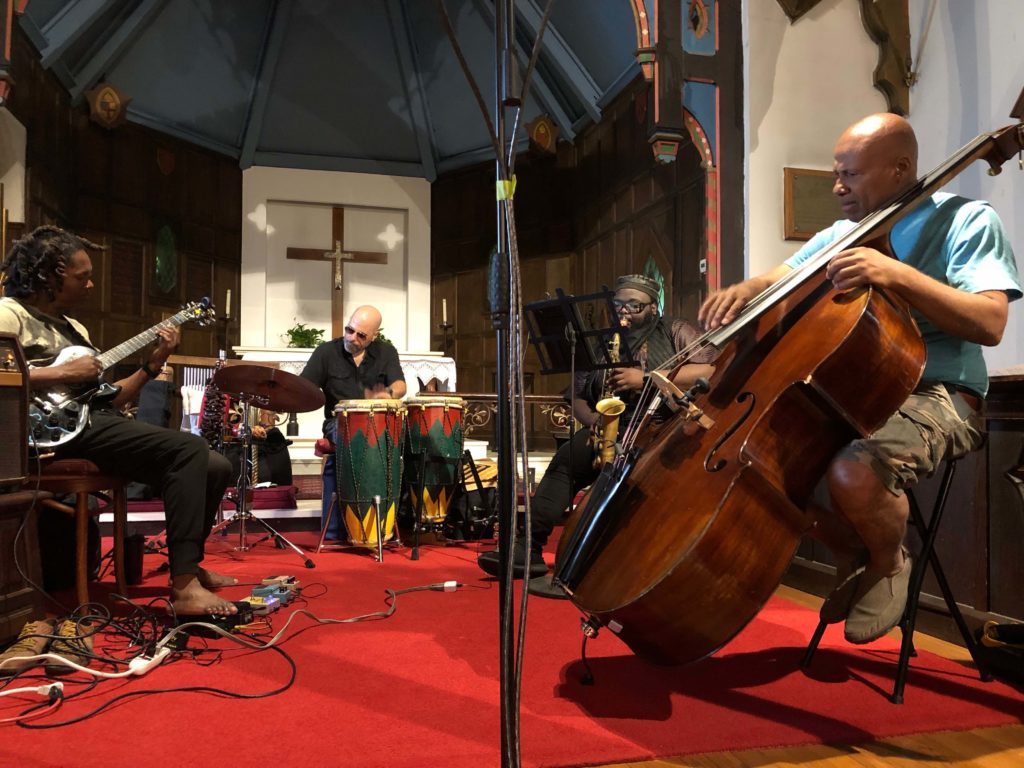
All Soundkeeper recordings are co-operative ventures with the artist, and every purchase of an album directly supports the artist, who receives a significant share of every sale. Contrary to typical record industry practice, publishing rights to the compositions remain with the composer – where Barry feels they belong.
The Soundkeeper blog has an entry for each album with more details about the circumstances of the recordings. Here’s Barry’s pencil sketch on each album:
Lift and Winds Of Change are by an electro/acoustic string band called Work Of Art led by guitarist Art Halperin. Lift is the only album I know that features a lute and a banjo playing together!
 Equinox is the previous release by Haitian/jazz ensemble Markus Schwartz & Lakou Brooklyn. Kay Sa is their follow-up. Equinox was Stereophile’s ‘Recording of the Month’ in February 2011.
Equinox is the previous release by Haitian/jazz ensemble Markus Schwartz & Lakou Brooklyn. Kay Sa is their follow-up. Equinox was Stereophile’s ‘Recording of the Month’ in February 2011.
Confluence is hard to describe. It contains the work of singer/songwriter Jason Vitelli. While perhaps less accessible than the rest of the catalogue, I think Jason is a true original. One track on this album features vocals, acoustic guitar, electric guitar, drums, grand piano, cello, French horn, and celeste (a real one, not a keyboard), all captured live with only two microphones, as are all Soundkeeper recordings.
 Americas features bassist Paul Beaudry (who played on Equinox) and his quartet Pathways, playing songs they learned on a tour in South America and the Caribbean.
Americas features bassist Paul Beaudry (who played on Equinox) and his quartet Pathways, playing songs they learned on a tour in South America and the Caribbean.
The new Markus Schwartz & Lakou Brooklyn album Kay Sa is officially released on May 1. Here’s what the announcement says about the album:
Kay Sa is the follow-up to Markus Schwartz & Lakou Brooklyn’s highly acclaimed Equinox. Recorded in a church dating from 1864, the mesmerising sounds of music from Haiti blend with the sophisticated jazz sensibilities of the players and soulful vocals to create sounds both heart-wrenching and life-affirming. Kay Sa was recorded live (for the microphones) in a single session.
 To complement the latest iteration of Lakou Brooklyn, a new generation of my favourite audio hardware and software was used to make this album, resulting in new levels of air, transparency and dynamic resolution I’ve not heard before from any recording medium. Playbacks on the studio system evoke the feeling of being at the position of the microphone array during the recording session. They bring me right back into the room with the players.
To complement the latest iteration of Lakou Brooklyn, a new generation of my favourite audio hardware and software was used to make this album, resulting in new levels of air, transparency and dynamic resolution I’ve not heard before from any recording medium. Playbacks on the studio system evoke the feeling of being at the position of the microphone array during the recording session. They bring me right back into the room with the players.
For more information about Kay Sa, see the latest entry in the Soundkeeper blog. There’s also a short video excerpt from the recording session on the Soundkeeper Recordings home page and on the Kay Sa page.
 All Soundkeeper Recordings are recorded live in real stereo, with only a single, matched pair of high resolution microphones. There are no overdubs, no mixing consoles, no compression. Each recording is a document of the performance. The dynamics of the performance are left 100 per cent intact. Loudness is best achieved with the playback volume control.
All Soundkeeper Recordings are recorded live in real stereo, with only a single, matched pair of high resolution microphones. There are no overdubs, no mixing consoles, no compression. Each recording is a document of the performance. The dynamics of the performance are left 100 per cent intact. Loudness is best achieved with the playback volume control.
FORMATS
Soundkeeper offers a range of file and disc format options. Barry is committed to high resolution files for download because they produce music reproduction that sounds better than a CD can render. Pressed CDs are available for each album, and even these are special. They are produced by carefully selected CD pressing in which the glass master is cut in real time and a longer injection moulding cycle is employed. This produces CDs that are the closest to the true sound of the original recording master.
In addition to regular CDs, Soundkeeper offers up to six custom burned-to-disc formats, including 24/96 and 24/192 high resolution files-on-disc for use with computer music servers.
All are priced according to bit-rate and sample rate (level of resolution). Unlike some ‘high resolution’ products on offer elsewhere, they seem fairly priced for the care and attention that has been lavished on the purpose of their creation and for the clear provenance.
So, with this in mind, the opportunity to listen to the Soundkeeper Recordings albums was just not to be missed. In discussing the opportunity for me to audition the albums he’s made, Barry asked me what format I would prefer to try. I told him that my digital file library is mostly in FLAC format. Barry told me that: “We don’t offer FLAC as testing here found that in direct comparison with the source files, something changes in the sound – at least on our system. The findings were unanimous among all those who participated. If a customer wants to FLAC the files, that is up to them of course, but we offer them only as raw PCM in .aif or .wav format”. This distinction piqued my desire to hear his work even more. Artisan recorded art for music fan and audiophile, captured by an audiophile master masterer!
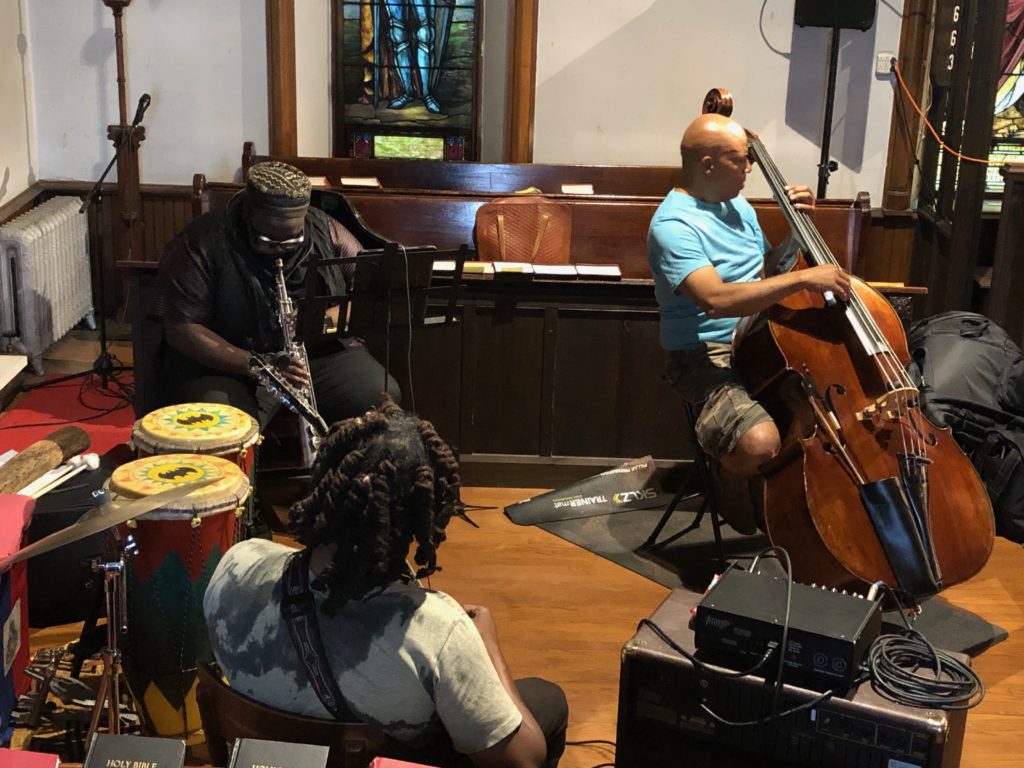
The new album is available as a pressed CD and in several download formats: 16/44, 24/96, and 24/192 in .aif or .wav. All Soundkeeper albums were recorded at 24/192 except the first, Lift, which was the first project back in 2006 and was recorded at 24/96. All were recorded direct-to-stereo. There were no overdubs, no mixes, and no processing. The gear used was Earthworks high definition microphones, Apple MacBook Pro, Metric Halo pre-amplifiers and converters, and Nordost cables.
I was able to download .aif files for some extended listening. I wasn’t familiar with the aif format, developed and favoured by Apple, and have since learned that the audio data in Audio Interchange File Format (AIFF) files is uncompressed pulse-code modulation (PCM).
EXPERIENCING THE PERFORMANCES
These albums are quite unlike almost anything I’ve heard previously, both musically and sonically, including most audiophile issues, many of which have been recorded using largely conventional studio techniques and formatted in high definition with superior materials for pressings. Some high-resolution offerings have questionable origins, and may not be authentically hi-res at all.
I read recently that almost all contemporary mainstream chart pop stars don’t write their own songs. So much pop is manufactured in a studio, often with heavy direction and intervention by computer-supported engineers and technicians, sometimes without the ‘brand personality’ even present. On the other hand, in each case we have here artists presenting an honest, authentic performance.
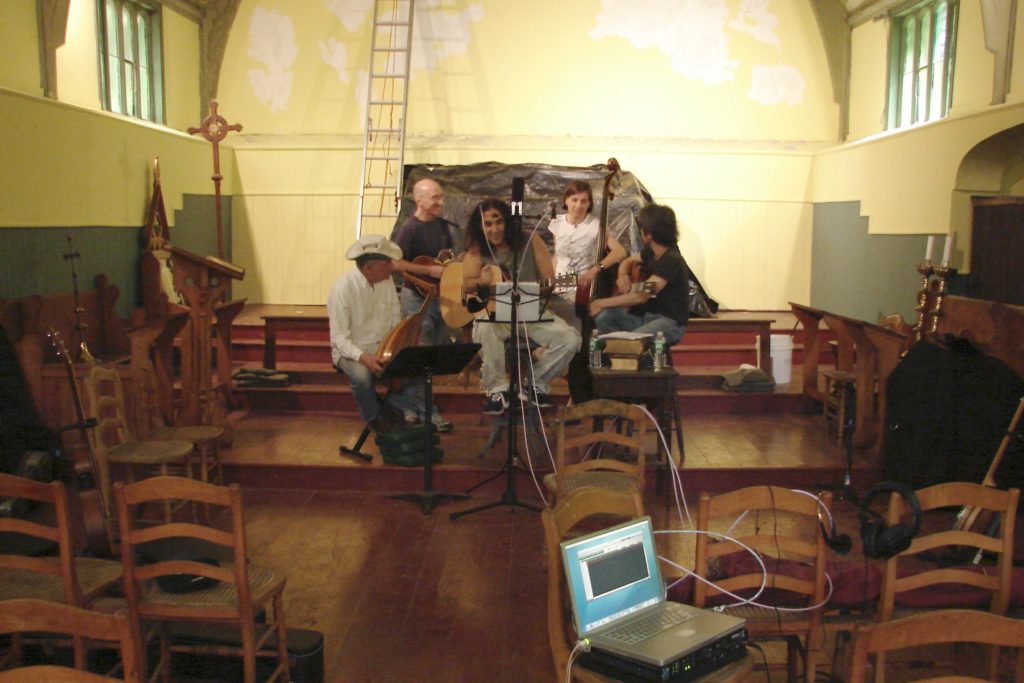
Each of the albums is a recording of a singular situated performance. What Barry has done is work hard to apply his expertise and experience to capture the essence of each event in a format that is authentically reproducible.
Each of these recordings has been transported across time and space to my chosen listening time and place so that in reproducing the recordings, I may experience the performances. As I listened to each album, I’ve thought about the experience as the sound is rendered by my equipment – I’ve been keenly and consciously listening.
“A sharply-focused audio-movie is rendered and you hear and see the scene of the performance as it unfolds”
The new album Kay Sa is a performance of percussion-led Haitian world jazz that is at once familiar and yet exotic enough to draw me into the melody, rhythm, and emotion, even though the lyrics are not in English. I found the performance relaxed and relaxing and was charmed by the culture exuded by the players. Markus Schwartz is a renowned traditional percussionist and the band Lakou Brooklyn, on this excursion, comprises electric guitar, contrabass, and saxophones.
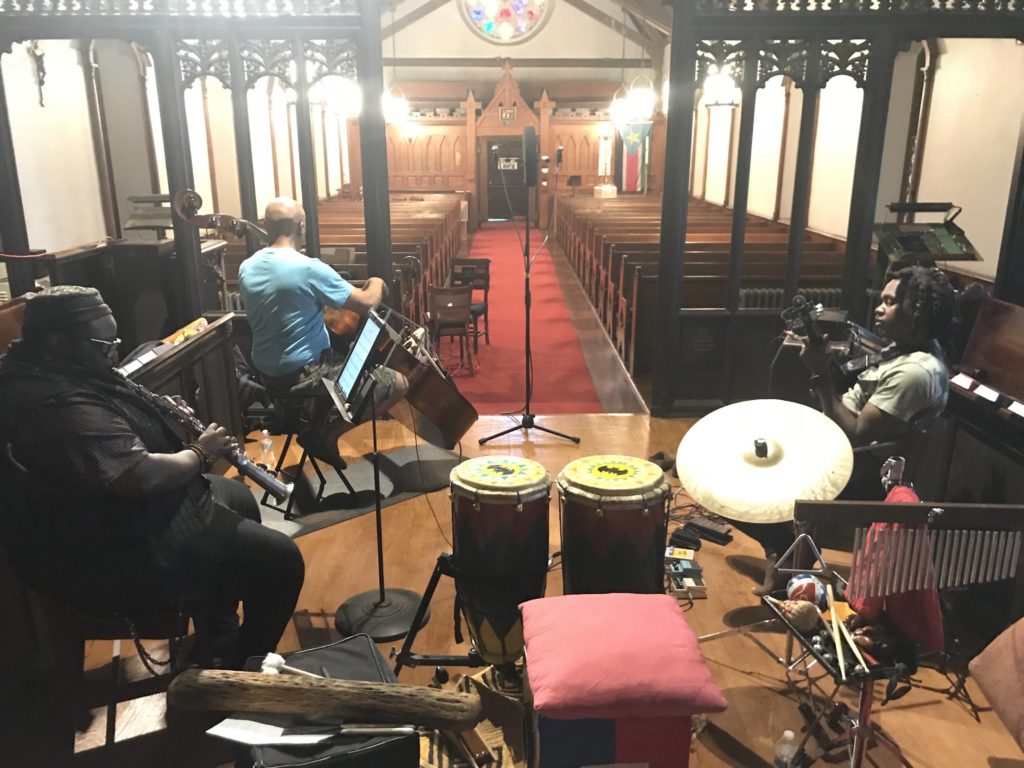
Particularly striking at first listen is the sense of a holistic integrated image of the players located in a semi-circle in front of the microphones. There has been no multitrack mixing to two-track; instead a sharply-focused audio-movie is rendered, and you hear and see the scene of the performance as it unfolds.
There’s a photo of the session on the website that corresponds exactly with the sonic view from the mics. In my mind’s eye I can see the soundstage from the image I hear (just as the microphones ‘saw’ it). The guitar is nearby and to the right, the bass to the left, with the saxophone further away to the right, and the percussion further away and to the centre and left. The players are heard together in communion and very present. There’s no sense of a contrived ‘sound product’. There’s an immediate sense of the space, with natural dynamics.
“There’s an immediate sense of the space, with natural dynamics”
I play files with JRiver Media Center 25, which provides an analysis of each file, including Dynamic Range measure. This album has a range of DR13-16, with an average of DR15. And you can hear the benefit that brings in rendering the performance without intervention. Typical ‘popular’ albums score more like DR5-9, and you really can hear the difference.
Equinox is the earlier album from this band with a slightly different lineup – trumpet in place of the saxophones. I learned that the name Lakou comes from the French ‘la cour’, referring to courtyard, and applied in Haiti to a family structure centred on a yard or compound settlement. This neatly explains the band setup. As I’m new to the music of Haiti, this has been quite an education, and a very enjoyable one. The music is perhaps more familiar to jazz listeners, and again percussion-led and very dynamic.
The recording conveys the live performance very naturally, with a real sense of the room, and very natural timbres. I can easily discern the materials of the instruments: metal, wood, skin, brass, strings, voices.
In this case, I can hear the guitar on the right and bass on the left. The album tracks range DR15-18, average 16.
“It requires formidable talent, skill, and foresight to assemble such a performance”
Next, I listened to the album Americas from Paul Beaudry & Pathways. For me, this is very accessible instrumental jazz featuring piano, saxophone, bass, and drums, and not specific to South America as I had expected. The piano and bass are ‘seen’ on the left, with drums and sax on the right. As Barry pointed out, on a well set up system, you can hear Tony Jefferson move from cymbal to cymbal on his drum kit during the piece entitled ‘O Que É Amar’. A very enjoyable performance, with DR13-17, and average DR15.
Next up was Jason Vitelli’s 17 song banquet, all personal statements set to music, with no sign of lightweight commercial ‘product’ anywhere. Also immediately apparent is that the recording has nowhere been crushed by compression. It’s very dynamic! This works exceptionally for Jason’s songs, which are at times highly dramatic, with quite complex, unconventional instrumentation.
Musically, this is not easy listening, and as a live performance, must have been an emotional experience for all involved. It requires considerable effort to listen to the whole presentation – it’s not lift music in any way. With that voice, Jason should be heard by way more music fans.
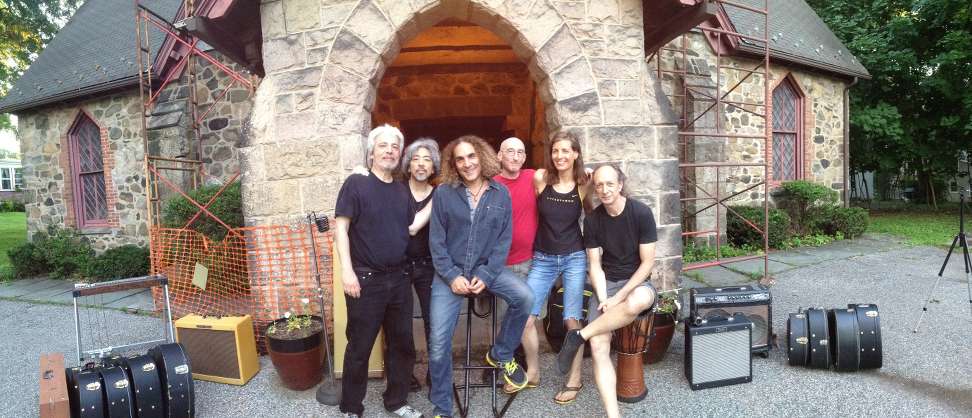
If only all of the currently popular indie/art/baroque albums were recorded this way. But that’s the crux – are the artists performers or studio fabricators? It requires formidable talent, skill, and foresight to assemble such a performance, and to be able to commit it to honest recording in a single take.
If you’ve ever wondered what a live drum kit or piano sounds like in a ‘clean’ sound space, give this album a listen. DR11-14, average DR13.
 Finally, I turned to Art Halperin’s two albums with Work Of Art. Both Lift (DR12-15, ave. DR14) and Winds Of Change (DR11-16, ave. DR14) are performances by this guitar master and special songwriter with support from an eclectic group, mostly acoustic, with an electric guitar embellishing some of the songs. Art played an autographed Fender Stratocaster given to him by Eric Clapton when they met in Antigua and became friends. Both albums are guitar-led folk/bluegrass/country pop, heavy on melody and engaging lyrics, as well as Art’s distinctive voice. His writing and playing pedigree was enough to draw me to his ‘performances for the mics’, and for me these albums are the most accessible for a mainstream taste. A quick peek at the session photos, and then close my eyes – that took me straight to the venue for these inspiring performances. It was kind of like going to an intimate gig without an audience and with no need to travel from your chair, and is highly recommended.
Finally, I turned to Art Halperin’s two albums with Work Of Art. Both Lift (DR12-15, ave. DR14) and Winds Of Change (DR11-16, ave. DR14) are performances by this guitar master and special songwriter with support from an eclectic group, mostly acoustic, with an electric guitar embellishing some of the songs. Art played an autographed Fender Stratocaster given to him by Eric Clapton when they met in Antigua and became friends. Both albums are guitar-led folk/bluegrass/country pop, heavy on melody and engaging lyrics, as well as Art’s distinctive voice. His writing and playing pedigree was enough to draw me to his ‘performances for the mics’, and for me these albums are the most accessible for a mainstream taste. A quick peek at the session photos, and then close my eyes – that took me straight to the venue for these inspiring performances. It was kind of like going to an intimate gig without an audience and with no need to travel from your chair, and is highly recommended.
In listening to each of these recordings, what comes through dramatically is the vitality of the music. All of Barry’s principles and technique are plainly discernable in the intimacy and naturalness of the sound. In each recording, the live ambiance is so clear, with all the harmonics, resonances, transients, and decay of live instruments that this simple microphone recording of a live performance brings. Up close and personal in each case. I also note the natural balance – so many other albums I hear have an obvious channel imbalance to the left!
“Barry’s principles and technique are plainly discernable in the intimacy and naturalness of the sound”
The greatest recognition of Barry’s efforts that I can offer is that his recordings are so obviously not studio constructions, but careful live captures. Add the careful attention to the provenance of each performance, and here we have a growing collection of select curated art. That’s more than a mere collection of catchy songs.
All are highly enjoyable in musical terms and demonstrate what is possible. I today read about the Turn It Up! campaign to get music that has not been brutally compressed clearly labelled so that music buyers are better informed on what is being offered. I support this move. I want far fewer disappointments from compromised ‘production’ (fabrication) of music recordings. Maybe we would then see more artists insisting that their recordings are done in the Soundkeeper way. There’s a call to bring back the dynamics. Soundkeeper Recordings have never squashed them out. I would prefer that all of the music I listen to be captured and reproduced in this way.
* The equipment used when listening to this music:
JRIver Media Center 25
Fidelizer Pro 7.9
GigaByte Segotep 64-bit Windows 10.0.17763 Home, AMD A8-7600 3100 MHz
ONKYO NS-6170 network player (24-bit 192kHz)
Black Ice Audio F360 tube pre-amplifier
Viganoni & Viganoni Sachem V2 monoblock amplifiers
Audio Pro Avanti A100DC floorstanding loudspeakers
Supra Cables throughout
My 6.1 X 3.9 X 2.4 m listening room is a typically shared sitting room overlooking a garden. Currently no acoustic treatment has been applied, although I am experimenting with DIY rollerball vibration isolation supports for the network player, pre-amplifier, and loudspeakers, as recommended by Barry.









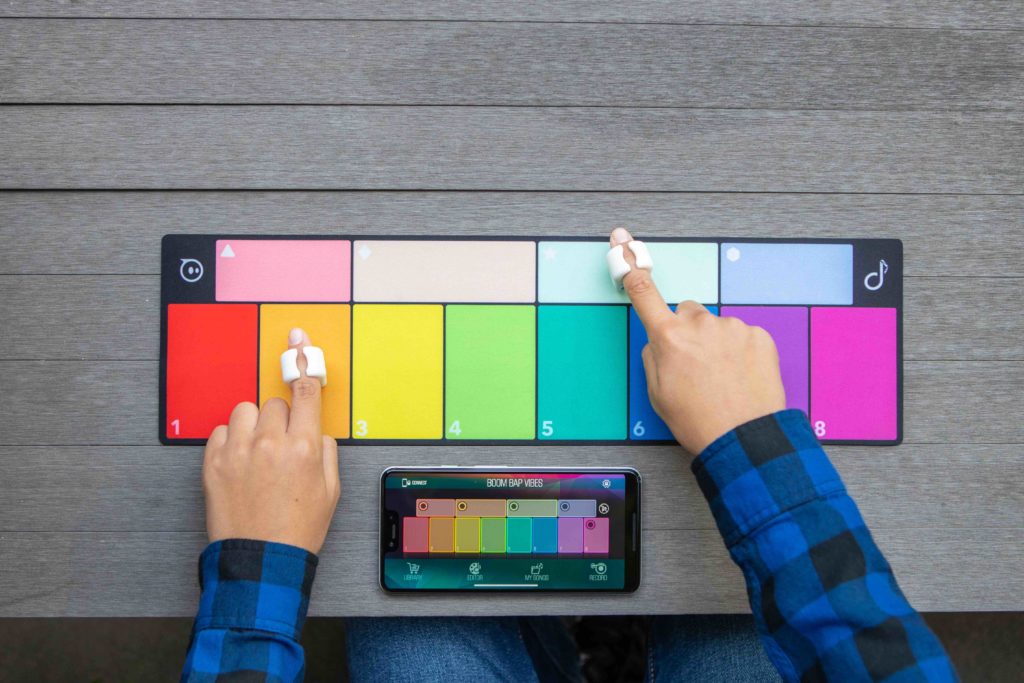
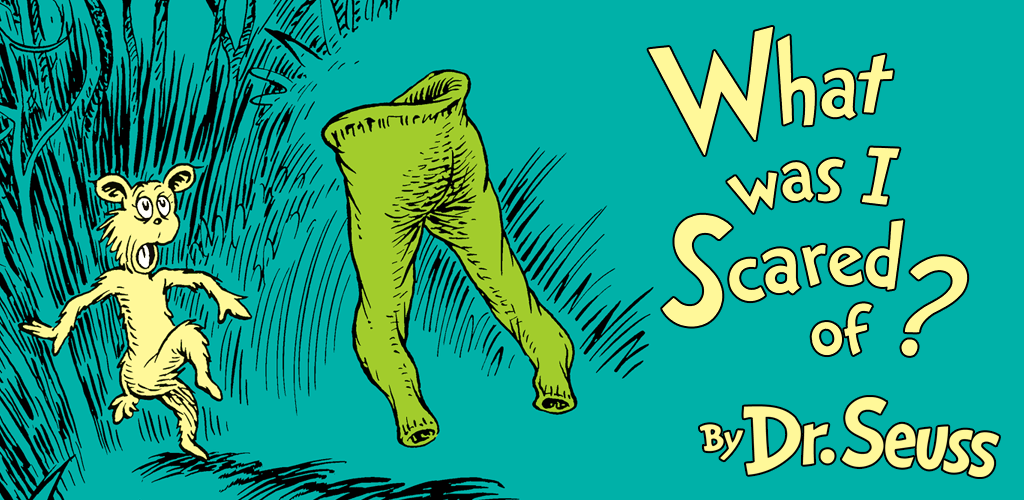

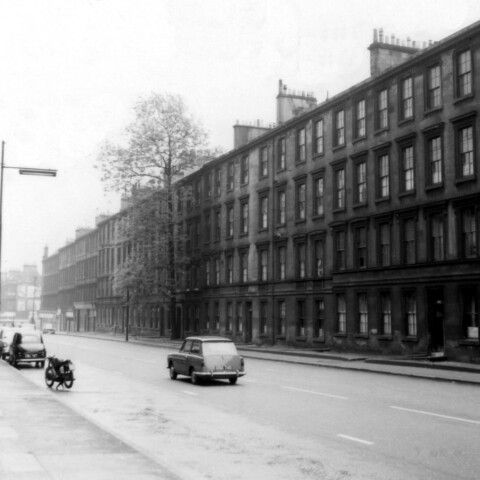
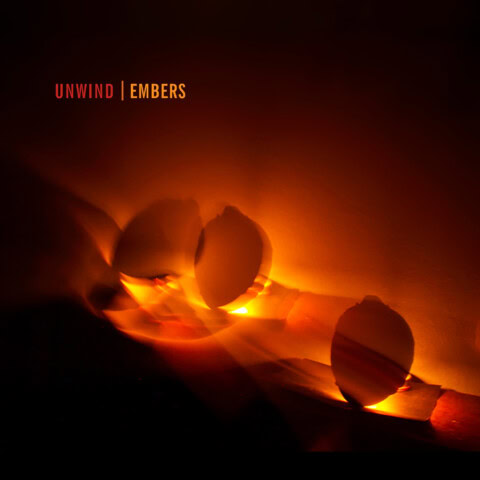
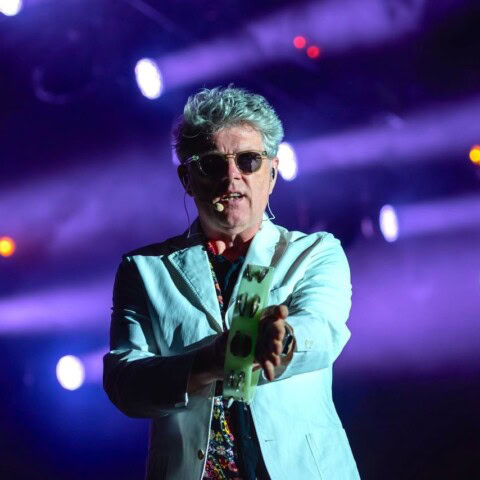
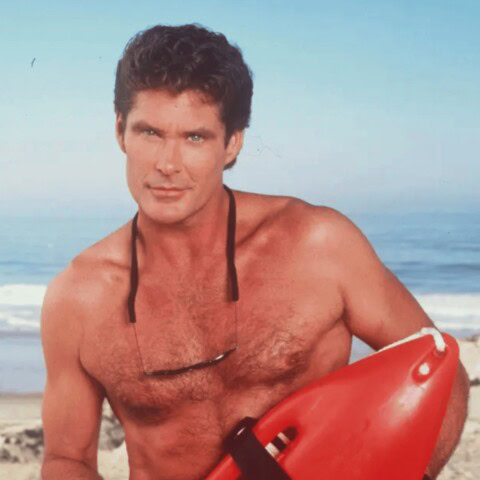

Listening to Soundkeeper recordings initially seems strange, it is a completely different experience of listening to reproduced music. Only when you compare live music and Soundkeeper recordings with recordings you are used to listen to, you realize you have listened to artificial studio recordings that show little vibrancy and emotion. The difference between regular music recordings and Soundkeeper recordings becomes even more clearly noticeable when you play Soundkeeper recordings in Real 3D.
I really wonder why the music world still produces artificial music recordings and so many people settle for a weak extract of real music.
My advice to the music industry would be to seriously talk to Barry to hear how you can bring back the emotion and quality in music recordings.
My advice to the music listener is to purchase at least one soundkeeper recording to hear the difference.
Barry’s recordings are a benchmark of what others need to try and reach. I have yet to hear any streaming of 2496 that is even close to this quality. Glad to be a repeat customer.
Thank you for taking the time to write so thoroughly about Barry’s work, and all of the artists featured on Soundkeeper Recordings. I am proud to be among them, and fortunate to work with such a meticulous, thoughtful, and talented engineer. I consider Barry as an artistic partner in the making of these recordings.
-Markus Schwartz